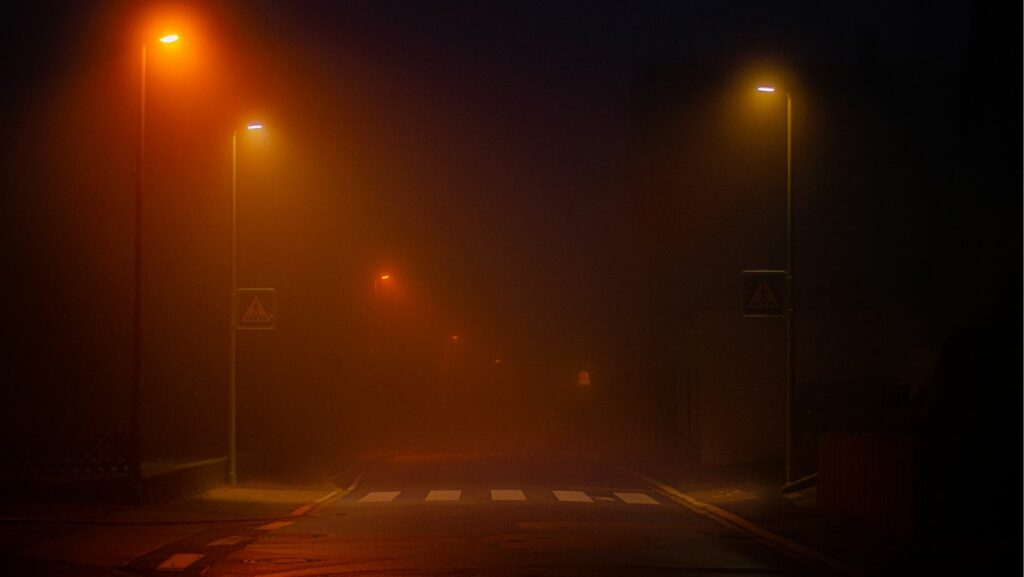Light:gklq5zyzg4q= Dark

In a world where balance is key, the interplay between light and dark captivates both artists and scientists alike. This intriguing relationship isn’t just a visual phenomenon; it’s a fundamental aspect of our universe, influencing everything from art and culture to biology and psychology. The dance between light and dark shapes our perception, mood, and even our health.
Light, with its vibrant spectrum, illuminates and energizes, while darkness provides rest and mystery. The contrast between the two creates depth and dimension, essential in photography, painting, and design. Beyond aesthetics, light and dark cycles regulate circadian rhythms, affecting sleep and overall well-being. As technology advances, understanding this balance becomes crucial in creating environments that nurture both body and mind.
Exploring the nuances of light and dark reveals their profound impact on daily life. As society evolves, embracing this duality can lead to innovations that enhance human experience and promote harmony in diverse settings.
Understanding Light Dark

The interaction between light and dark shapes human experience across multiple domains. In art, the contrast is fundamental for creating visual depth, as depicted in chiaroscuro techniques. Artists like Rembrandt and Caravaggio used this interplay to evoke emotion and highlight detail.
In science, light and dark are crucial for elevating understanding of natural phenomena. Light from the sun affects climate, while alternating periods of light and dark dictate biological cycles in flora and fauna. Researchers study these patterns to gain insights into seasonal behaviors and adaptations.
Psychology recognizes the duality of light and dark in influencing mood and cognitive function. Daylight affects serotonin levels, enhancing mood, while darkness triggers melatonin production for sleep. Understanding this relationship aids in managing conditions like Seasonal Affective Disorder (SAD).
Considering technology, the balance of light and dark impacts design principles. Display screens utilize this contrast for readability, with dark modes reducing eye strain and energy consumption. Designers incorporate these principles to improve interface usability and accessibility.
Clear grasp of this dynamic allows for innovations in creating environments conducive to well-being. Integrating natural light into architecture enhances mood and productivity, while controlled darkness in spaces like theaters creates immersive experiences. Embracing this duality cultivates harmony between human interaction, technological advancement, and environmental design.
History and Origins
Development of Light Dark Concepts
The interplay of light and dark has been central to philosophical and scientific exploration throughout history. In ancient times, societies like the Egyptians and Greeks perceived light and dark as fundamental elements representing good and evil. This duality appeared in early myths and religious texts, reflecting their significance in shaping worldviews.
In the scientific realm, the Enlightenment era sparked interest in understanding light and darkness through empirical research. Scientists like Isaac Newton investigated the properties of light, leading to the development of theories about optics and the exploration of light’s role in the natural world. The study of darkness continued with investigations into human adaptation in low-light environments and the psychological implications of light deprivation.
Influence on Art and Culture

Light and dark’s influence extends deeply into art and culture, serving as crucial elements in visual storytelling. During the Renaissance, artists such as Leonardo da Vinci and Michelangelo mastered techniques that contrasted light and shadow to create realism and drama. This approach, known as chiaroscuro, became a defining feature in Western art, allowing artists to convey mood and emotion.
Beyond visual arts, light and dark have impacted literature and theater. Gothic novels and plays frequently use contrasting imagery to evoke suspense and mystery. The symbolic use of darkness often signifies conflict, while light suggests resolution and hope. These elements persist in modern media, influencing film noir and contemporary design, where shading and illumination shape the mood and aesthetics.
Overall, the historical evolution of light and dark concepts underscores their enduring significance in shaping various facets of human understanding and artistic expression.
The interplay of light and dark is a powerful force shaping various aspects of life, from art and science to psychology and technology. This duality not only enriches human experiences but also fosters cultural and technological advancements. By understanding and embracing the balance between light and darkness, individuals and societies can unlock their potential for creativity, innovation, and well-being.

